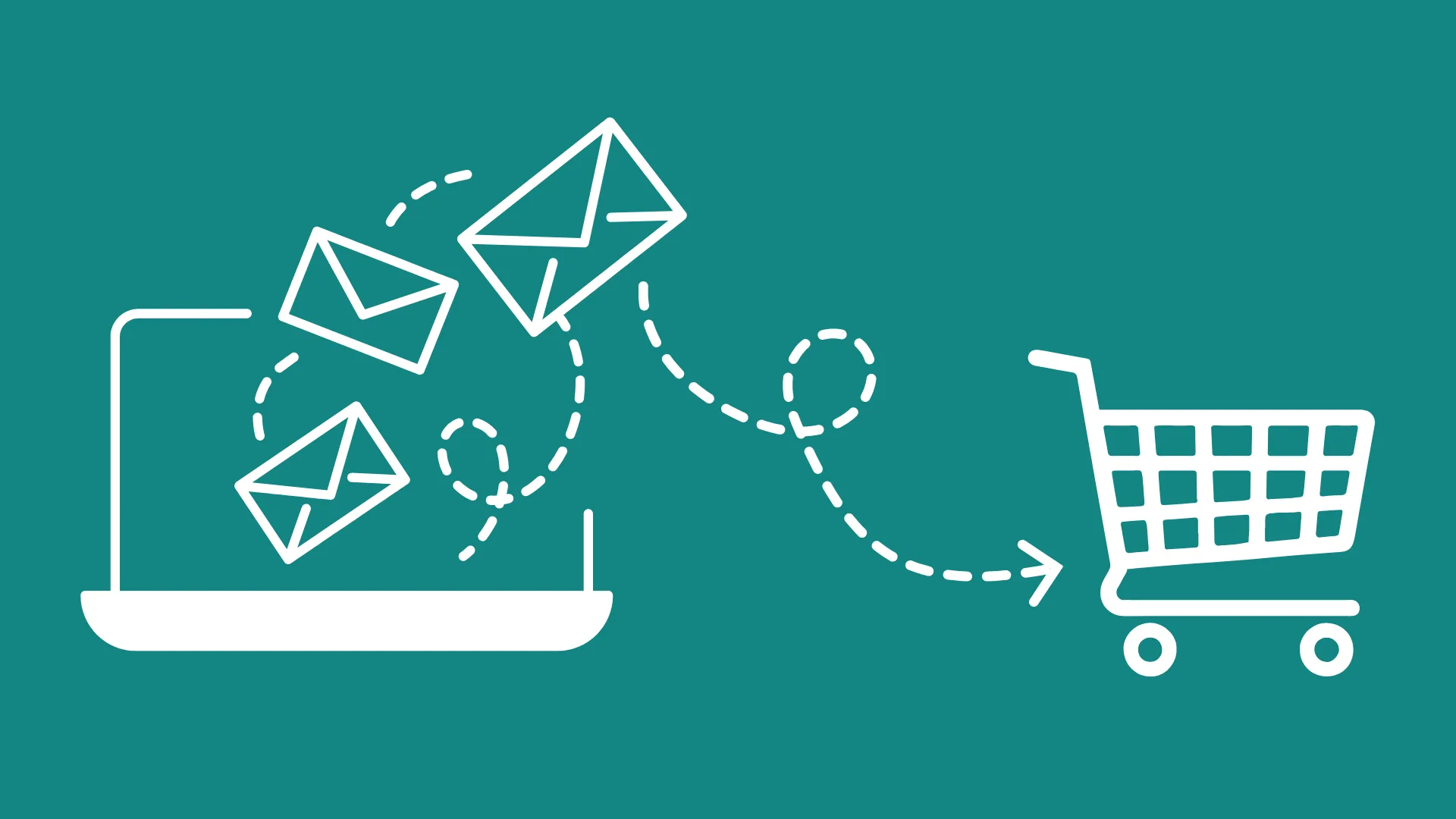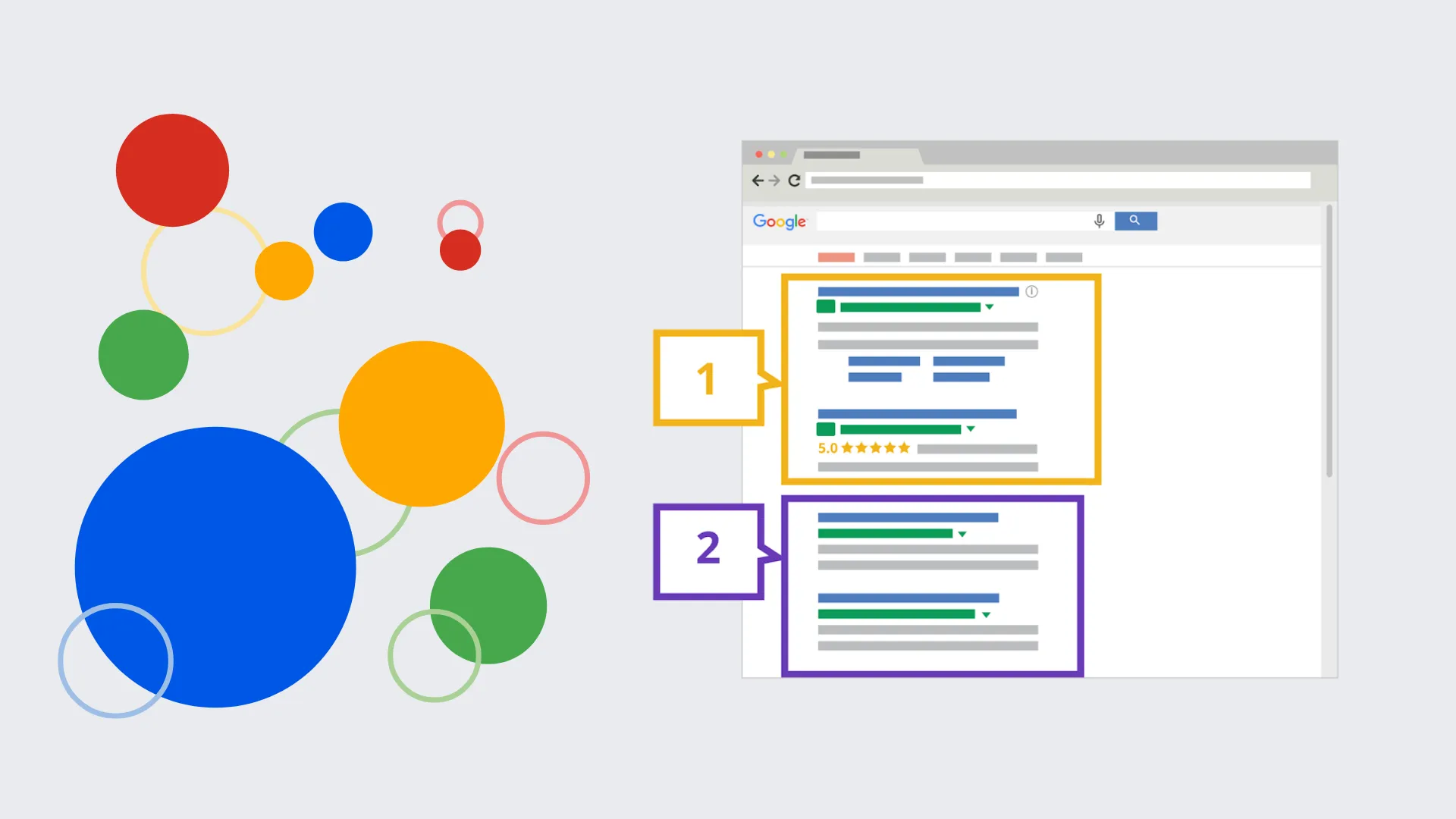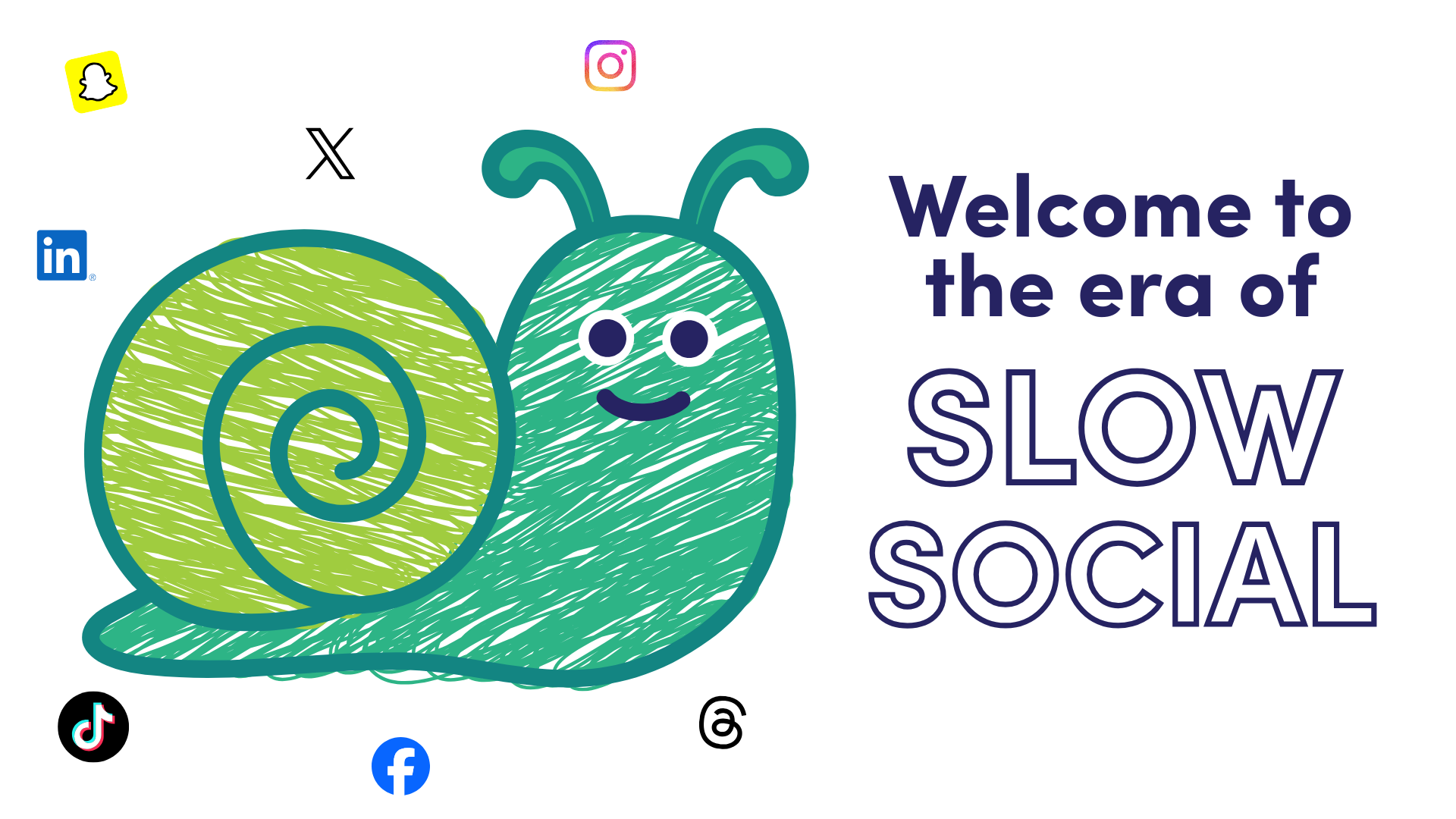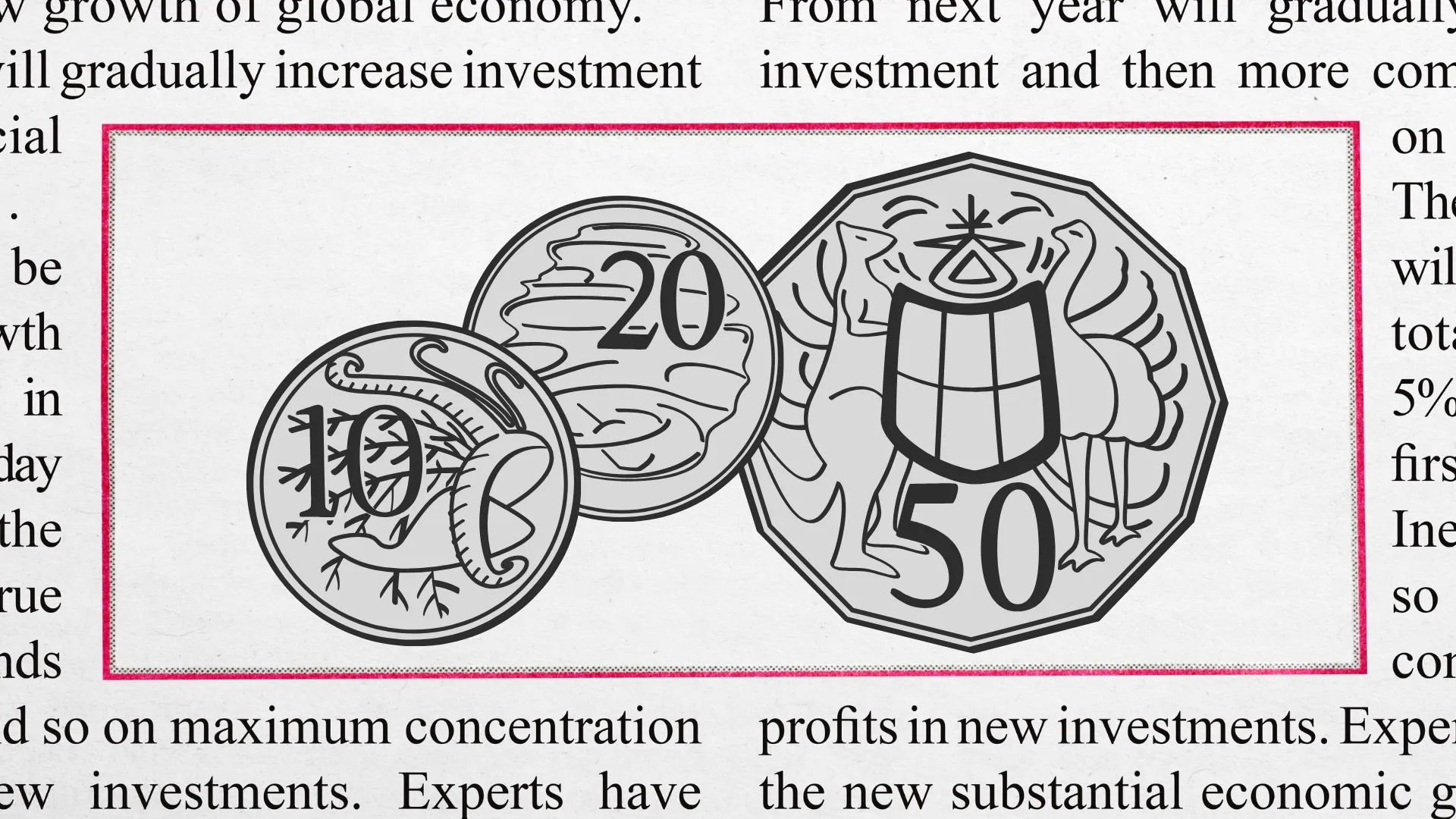People are opening your emails. They’re clicking your links.

But… they still haven’t converted.

You’re first reaction is probably, “My emails aren’t working.” But that’s not actually the case.
It just means these people need more. More context. More proof. More reasons to believe you’re the right fit.
They don’t need another hard sell – they need information that meets them where they are.
Step One: Understand the “Almost There” Crowd
These people have already shown interest; they’re warm.
And, they’ve already given you a trail of clues: what they clicked on, what they opened, maybe what they asked your team about.
All of that is gold.
Understanding what drew them in (and what stopped them short) helps you craft re-engagement emails that feel personal – not generic.
If they once showed interest in a specific product or service, circle back with something new or updated about it. If they hesitated because of timing or price, show them proof of value or success stories. If they just went quiet, remind them why they were curious in the first place.
It’s about showing you’ve been paying attention.
Add proof, not pressure
When someone’s on the fence, social proof can tip them over the edge.
Testimonials, customer stories and user results give credibility to your claims. They remove uncertainty. They make your brand feel trusted and real.
Data even shows that adding social proof can boost conversion rates by up to 15%.
Even better, pair that with a low-barrier offer like a free guide, checklist or tool, and suddenly your email feels less like a pitch and more like a partnership.
Facts tell. Stories sell.
Facts give people knowledge. Stories give them reasons to care.
Features explain what your product does. Stories show how it changes someone’s life.
That’s why your best-performing emails shouldn’t sound like ads – they should sound like people talking to people.
Storytelling lowers the walls and opens the door to connection (and conversion).
Don’t shout once. Tell a story over time.
Think of a single email as shouting in a crowded market. You might grab attention for a second, but most people will keep walking.
Now imagine a sequence — a journey.
Each email builds on the last.
- You introduce the problem.
- You offer insight.
- You share proof.
- You earn trust.
- And finally, you create a reason to act.
By the final email, your readers aren’t just curious – they’re invested.
Consistency builds anticipation. It’s how you turn casual engagement into genuine interest.
Re-engaging people who’ve interacted with your emails but haven’t converted isn’t about sending more messages – it’s about sending smarter ones.
Use what you know about them.
Speak to their interests.
Add proof.
Tell stories.
And guide them through a journey that feels thoughtful, not transactional.

Once upon a time, Black Friday was a single weekend event that followed Thanksgiving in the U.S. It's basically their version of Boxing Day sales but with [...]

People are opening your emails. They’re clicking your links. But… they still haven’t converted. You're first reaction is probably, "My emails aren't working." But that's not actually [...]

We’ve entered a new era of marketing - one where your content is no longer just read by people. It’s interpreted by AI. From Google’s Search Generative [...]

For months, we’ve all been wondering what the future holds for Google Ads with AI Overviews and the new AI Mode changing the way people interact with [...]

It’s not your imagination - social media feels a little quieter these days. Posts that once racked up likes, comments and shares are now met with a [...]

Something has shifted online this year, and if you work in marketing, you’ve felt it. Feeds feel noisier, yet somehow emptier. Search results loop endlessly. Trends peak [...]

Engaging with your audience may be more powerful than most social media teams realise. A new data study from Buffer has revealed that responding to comments on social [...]

Once upon a time, Black Friday was a single weekend event that followed Thanksgiving in the U.S. It's basically their version of Boxing Day sales but with [...]

People are opening your emails. They’re clicking your links. But… they still haven’t converted. You're first reaction is probably, "My emails aren't working." But that's not actually [...]

We’ve entered a new era of marketing - one where your content is no longer just read by people. It’s interpreted by AI. From Google’s Search Generative [...]

For months, we’ve all been wondering what the future holds for Google Ads with AI Overviews and the new AI Mode changing the way people interact with [...]

It’s not your imagination - social media feels a little quieter these days. Posts that once racked up likes, comments and shares are now met with a [...]

Congratulations. You’ve already beaten the odds. On average, 8 out of 10 people will read the headline of a piece of content - but only 2 out [...]

AI tools like ChatGPT, Google Gemini and Perplexity are quickly becoming part of how people discover websites. Instead of searching Google directly, users are asking AI tools [...]

We often hear that attention spans are decreasing, particularly among Gen Z. Social media platforms like TikTok and Instagram are often blamed, with headlines suggesting that endless [...]

